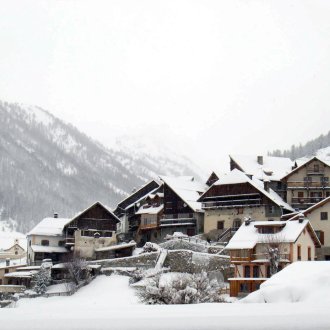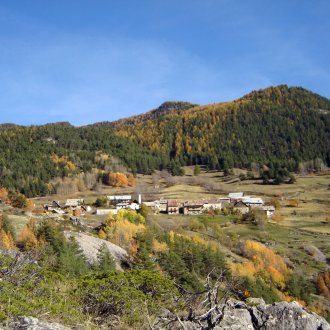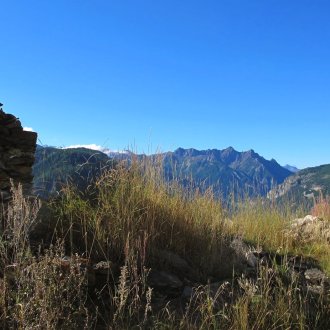
Château-Ville-Vieille
Vacations in Queyras, the jewel of the Hautes Alpes
Book your rental in Château-Ville-Vieille
Château-Ville-Vieille, a commune in the Queyras region of the Hautes Alpes, with its Fort Queyras citadel, via ferrata, cross-country skiing and geological museum.
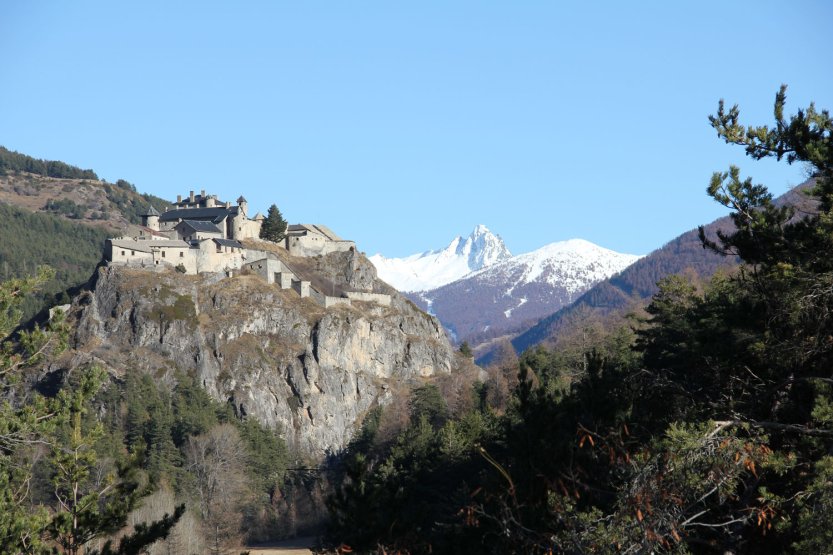
Fort Queyras
When you head up the Guil, the impetuous torrent of the Hautes Alpes, you can't ignore Château-Ville-Vieille: Fort Queyras, a medieval citadel reworked by Vauban, beckons from the top of its mountain (see the Queyras panorama). In summer and winter alike, the view is breathtaking.
Fort Queyras via ferrata
On the slopes of Fort Queyras, a via ferrata has been set up for thrill-seekers who can watch white-water sports enthusiasts pass by at their feet.
Canyoning at the foot of Fort Queyras
Canyoning is a sport practised in the Guil.
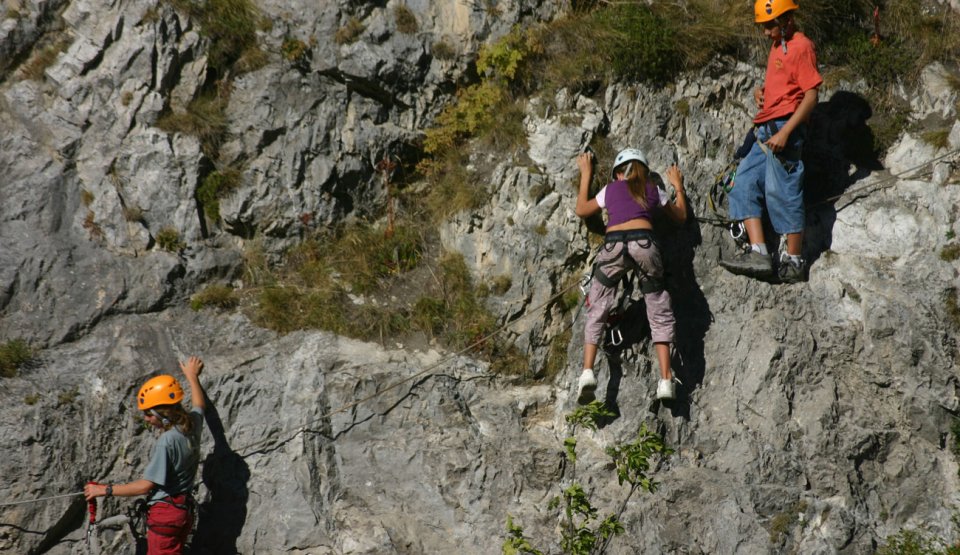
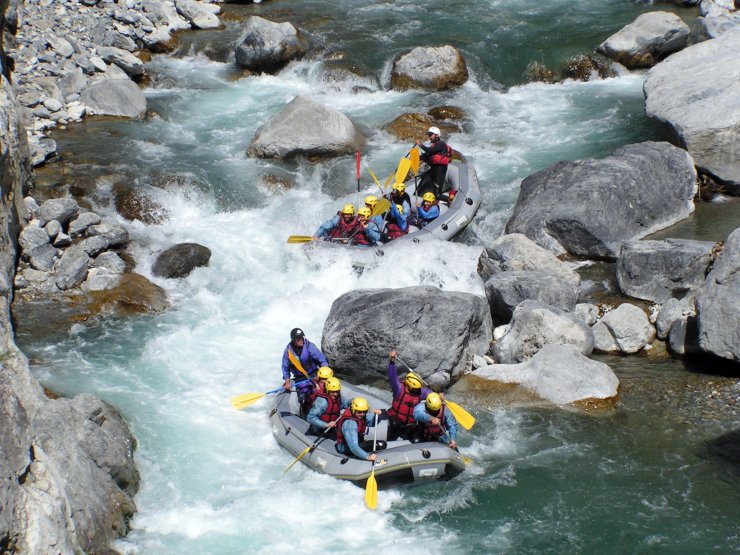
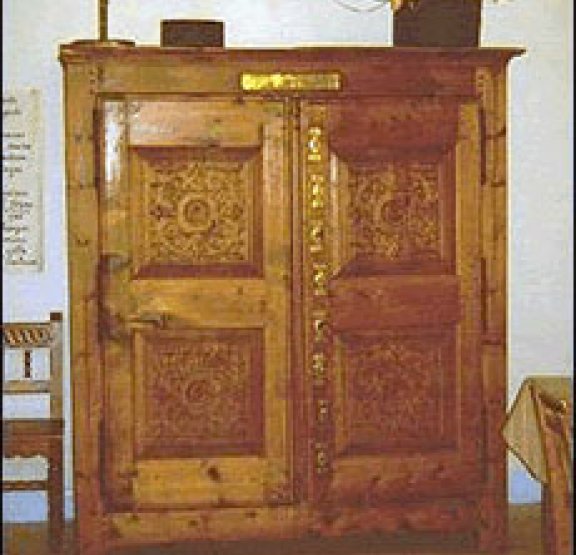
The cabinet with the eight locks
The former Château-Ville-Vieille town hall is home to the "armoire aux huit serrures", symbol of the Escartons "Republic", which preserved the common archives, to which each of the 7 communes of the Queyras (before Ceillac became part of it) held a key, the eighth of which was in the hands of the general secretary.
Downhill and cross-country skiing
In winter, downhill skiing at Abriès or Molines en Quyras, and cross-country skiing in the Guil valley, from Château-Ville-Vieille to Ristolas, or in the neighboring Aigues valley as far as Molines and Saint-Véran, allow you to discover magnificent mountain landscapes.
Château-Queyras geological museum
The two-notched glacial lock of Fort Queyras- one through which the road passes, the other through which the Guil winds its way - as well as the "demoiselle coiffée" in the Vallée des Aigues and the Ruine Blanche ravine in Montbardon, are reminders of the extent to which the Queyras region owes a debt to geology.
Naturally, a geological museum at the foot of Fort Queyras gives visitors a better understanding of the formation of this remarkable Guil basin, and allows them to see, touch and even feel the rocks that make it up.
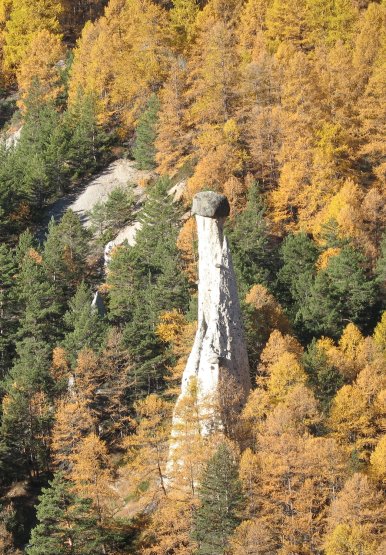
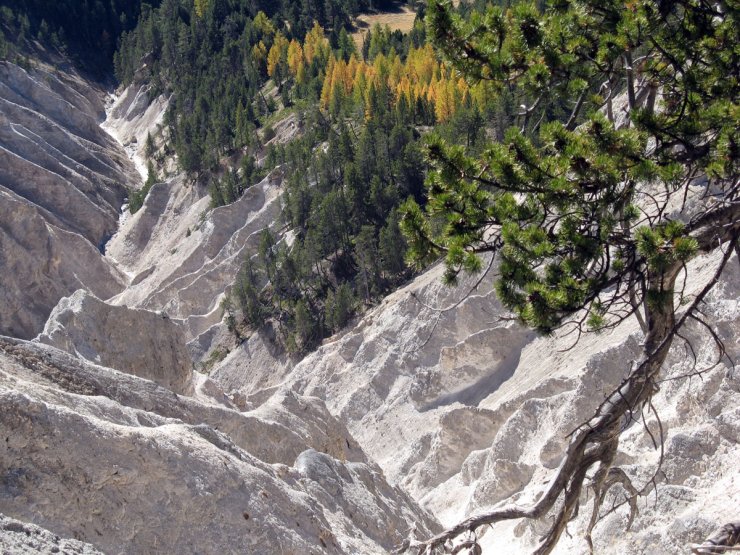
The Ruine Blanche ravine
A geological curiosity in the Hautes Alpes.
Above Montbardon, on the Col Fromage path, you'll be impressed by this unusual landscape: a gypsum ravine.
The "Alpine Ocean" was a warm, shallow sea.
Gypsum was deposited in the lagoons. When the Alps were formed, the gypsum was brought up to high altitude. The Ruine Blanche ravine is the result of the dissolution of this deposit.
The hamlets
Château-Ville-Vieille is also home to the delightful Hameau de Souliers, the village of Meyriès, where the snow melts faster, and Monbardon , where the cheeses are so delicious.
In these hamlets you'll discover the warm welcome of these mountain people, who'll make room for you in their chalets to make your vacation an unforgettable memory.
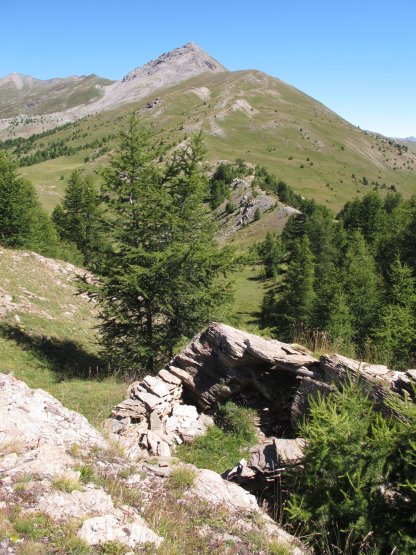
Hiking around Château-Ville-Vieille
From Château-Ville-Vieille , head for Lac de Roue (1854 m) or Col de la Crèche (2284 m) for a picnic with the kids.
From Montbardon, climb to Col Fromage (2301 m) via the Ruine Blanche ravine,
From Château Queyras, climb to the Bucher summit for a 360° panorama,
From the village of Souliers, the Col de Péas can be reached in 2hrs 40mins. Situated between the peaks of Rochebrune and Petit Rochebrune, it offers a magnificent panorama of the Queyras and Briançonnais regions.
